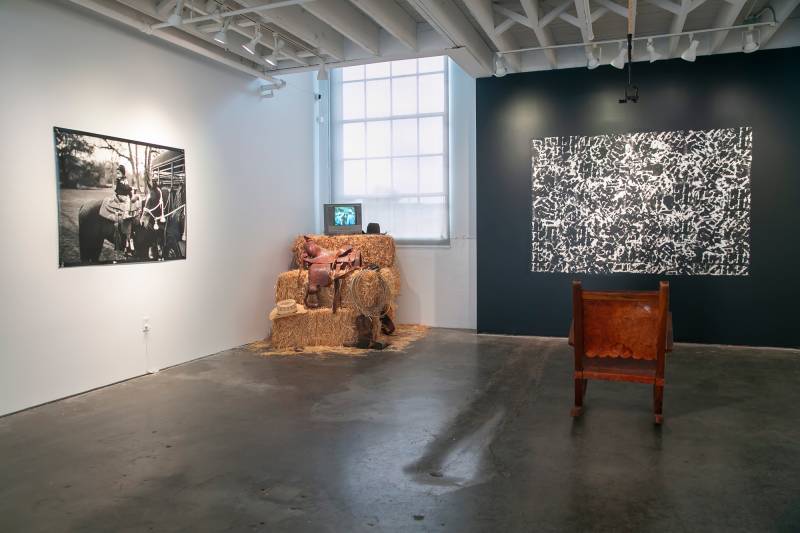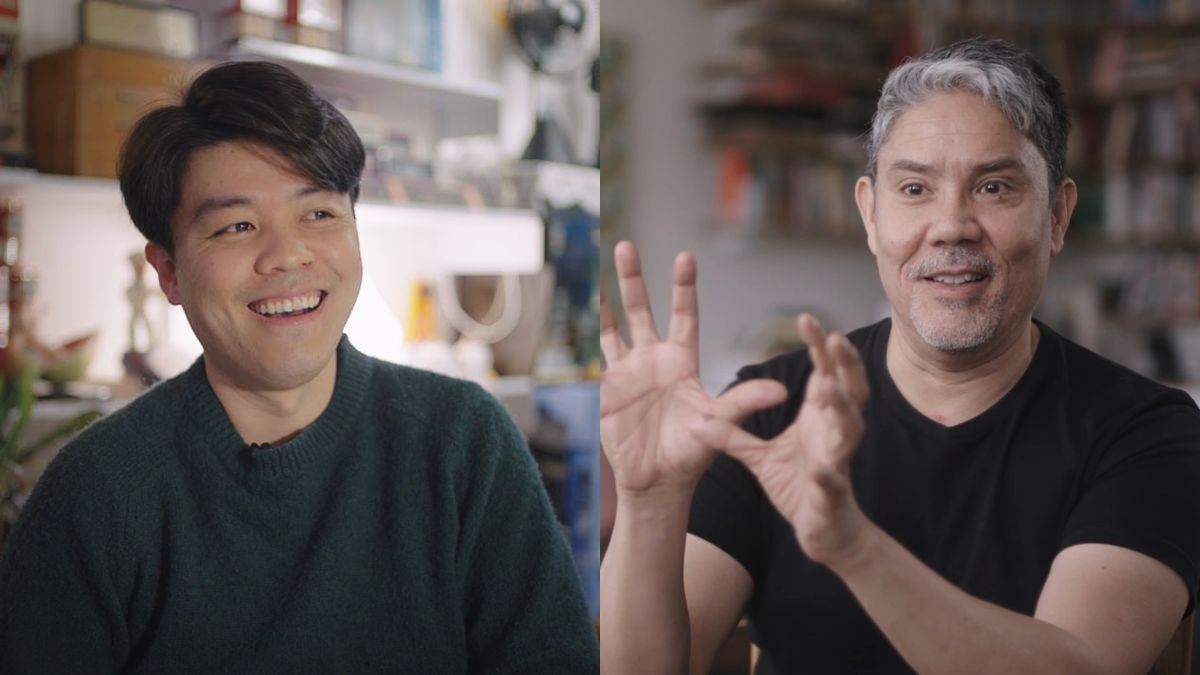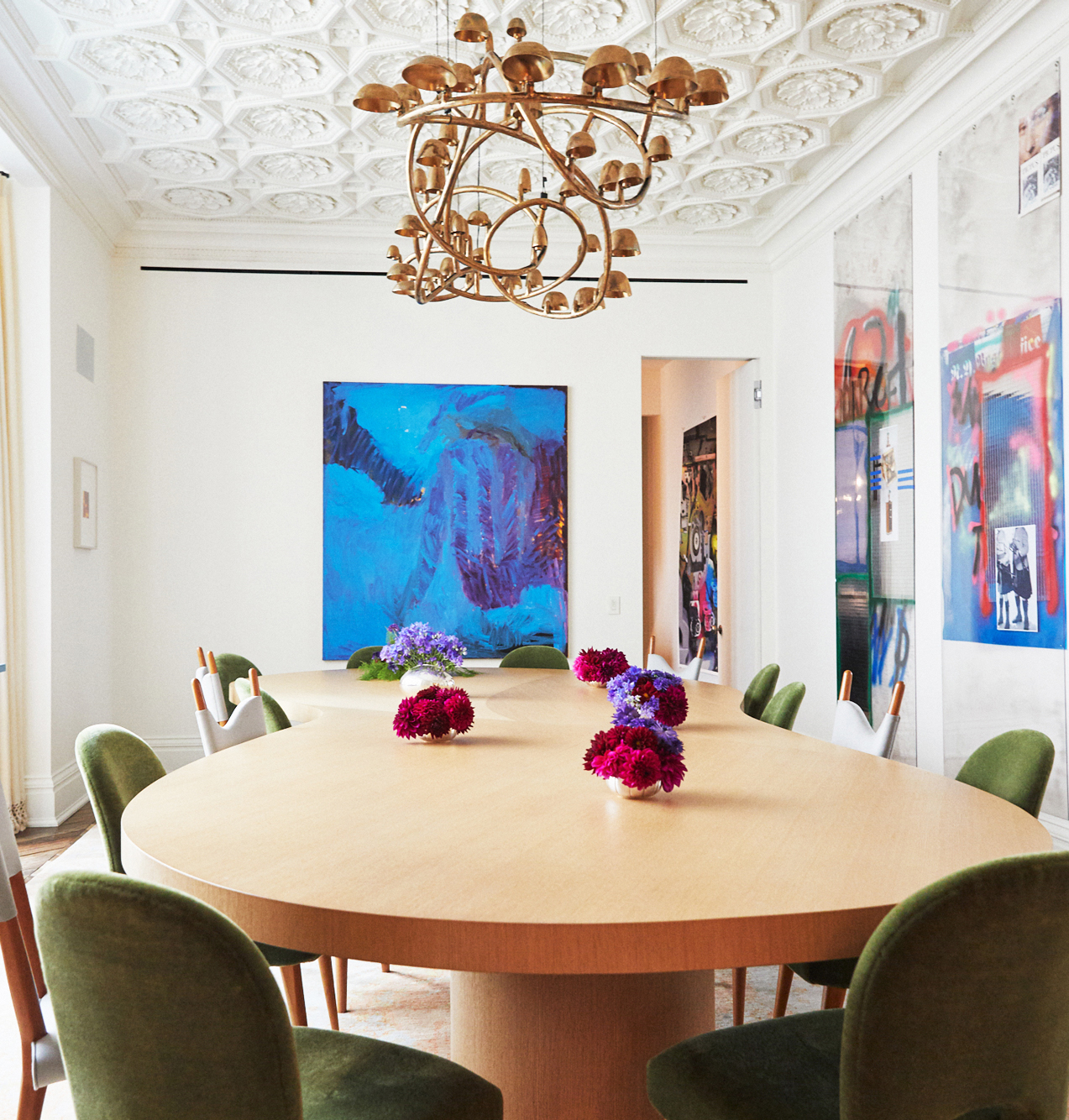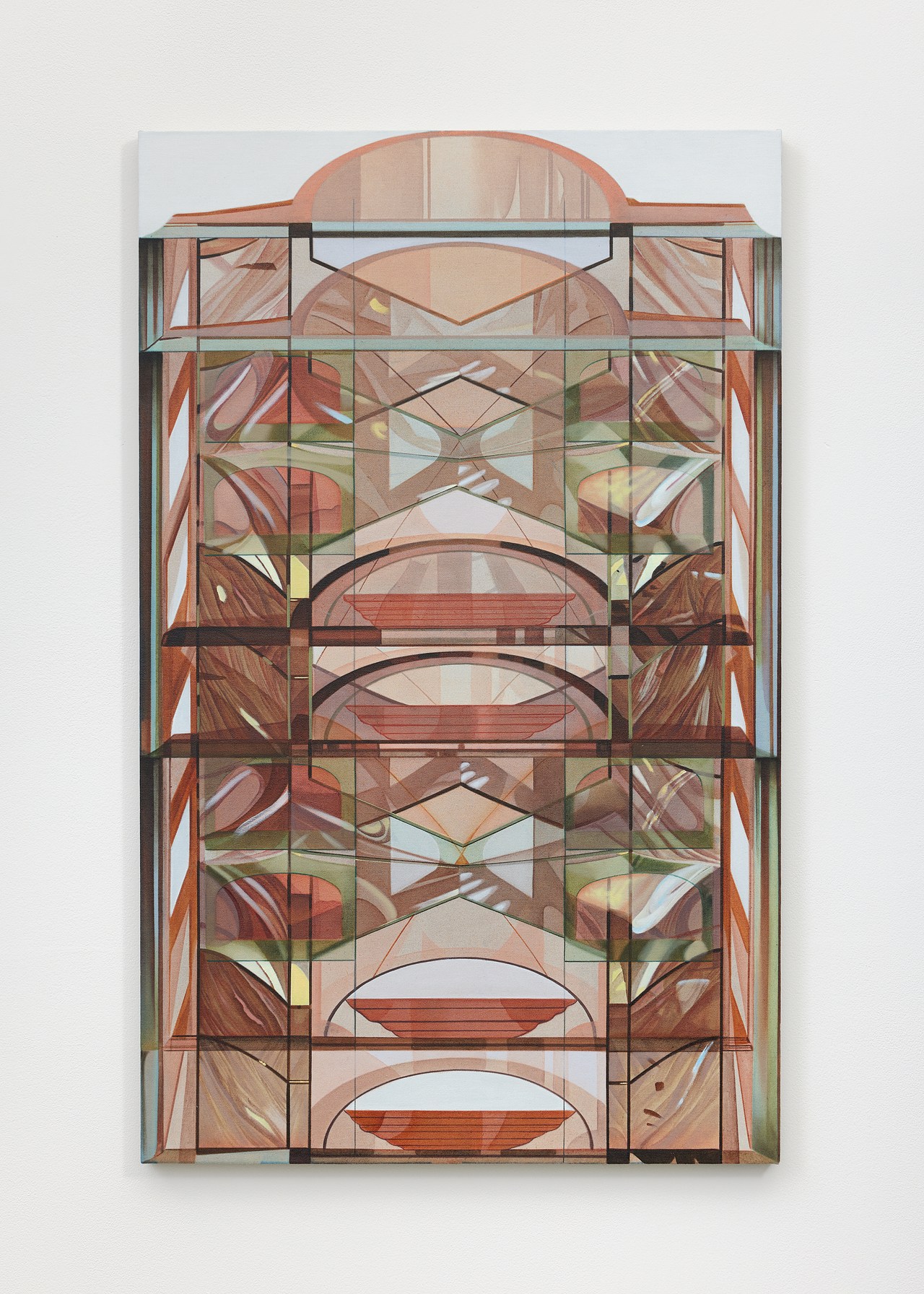220357
2010 - Photography (Photography)
Yosuke Takeda
Yosuke Takeda gives the viewer brightly colored views, each of which he has searched out and patiently waited for. He gives light a density in the precise moments he captures—a forest’s leaves shimmering in the early morning, a street’s reflective surface radiating color at night, luminous blinds drawn over an apartment window. He achieves his distinctive effects by using an old, second hand analog-era lens that he attaches to his digital camera. His images are based on the strong light drawn into his camera and the area within the frame that becomes supersaturated. Captured in high resolution, the details are filled with textures that undulate in an almost chaotic manner. His images are based on flares and blown-out highlights where no “real” information was recorded.
Yosuke Takeda started from experimenting with darkroom photography production and he shifted over to digital photography, aware that photographic film and paper were becoming obsolete. Takeda’s work is related to the strong tendency of Japanese art to be planar. This is in the tradition of Ukiyo-e woodblock prints and contemporary graphic design. Takeda recently works with what he calls the “digital flare,” the artifacts that result from traces of light on the camera lens that become part of the image. In the photographs, the overexposed white light becomes indistinguishable from the white paper the work is printed on.
Colors:
Related works sharing similar palette

© » ARTS EQUATOR
Austrian singer collaborates with ‘angklung’ musicians at Indonesian Cultural Night in Vienna (via The Jakarta Post) | ArtsEquator Thinking and Talking about Arts and Culture in Southeast Asia ArtsEquator Radar July 10, 2018 Angklung musicians featuring Austrian soprano Maria Theresia Gruber staged the song Bengawan Solo at the Indonesian Cultural Night event held at Vienna’s Weltmuseum on Tuesday evening...

© » KADIST
Rachel Rose
2019First Born by Rachel Rose is part of a series of works titled Borns which expands on the artist’s longstanding interest in the organic shape of eggs...

© » KQED
Charles Lee at SF Camerawork: Black Cowboys and Their Horses | KQED Skip to Nav Skip to Main Skip to Footer The Do List SF Camerawork Show Honors the Relationship Between Black Cowboys and Their Horses Nia Coats Dec 13 Save Article Save Article Failed to save article Please try again Facebook Share-FB Twitter Share-Twitter Email Share-Email Copy Link Copy Link An installation view of Charles Lee's show 'sweat + dirt' at SF Camerawork...

© » KADIST
Diego Bianchi
2019Diego Bianchi’s main concern is distorting straight lines, both literally and metaphorically...

© » IGNANT
Deep In The Balinese Jungle, TianTaru Preserves The Lost Art Of Indigo Dyeing - IGNANT Name TianTaru Words Anna Dorothea Ker Prized since ancient times for its alluring hue and medicinal properties, indigo holds an illustrious history of textile coloration and enhancement across Asian, Africa and South America—from Tutankhamen’s burial linens to the garments Samurai wore under their armor...

© » GALERIA FOKSAL
Szymon Szewczyk, Tears in My Eyes - Galeria Foksal Polski English GALERIA FOKSAL #Las Rzeczy Exhibitions Artists About gallery Contact Szymon Szewczyk Szymon Szewczyk, Tears in My Eyes June 25, 2022 Szymon Szewczyk | Tears in My Eyes Opening: Saturday, June 25th, 2022, 4pm – 8pm June 25th – August 20th, 2022 Curator: Katarzyna Krysiak The exhibition will include works made with polymer mass using the intarsia technique, which Szymon Szewczyk has been implementing in his art for many years The intarsias will show dancing characters, bodies in motion, some more simplified than others...

© » KADIST
Taysir Batniji
2006Fathers #18 and Fathers #27 is part of a series of photographs and videos made in recent years in Gaza...













